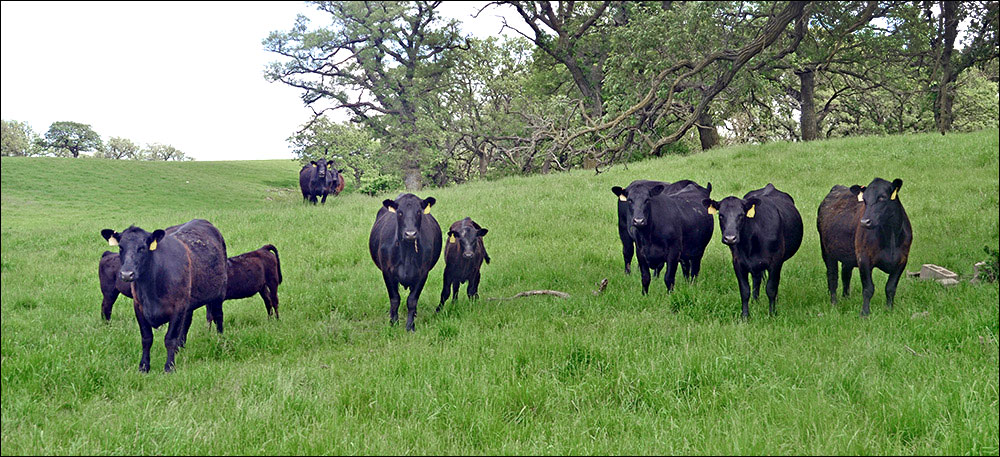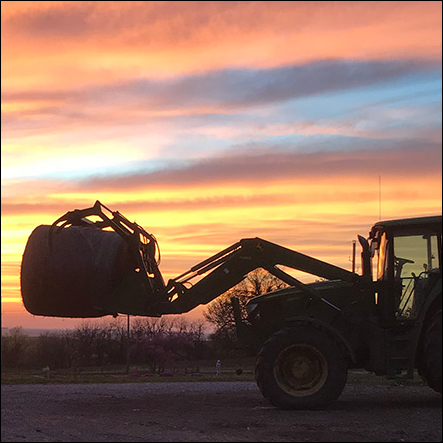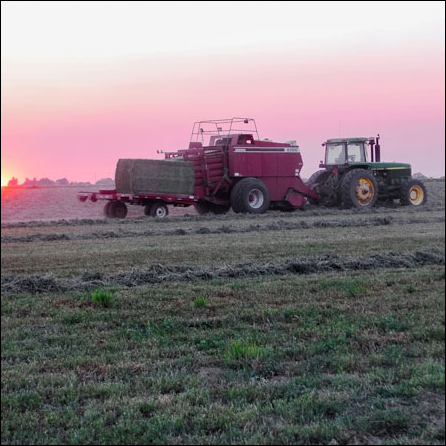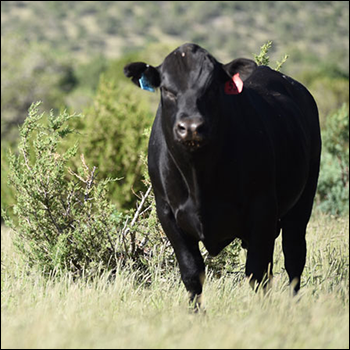Understanding Summer Pneumonia and Pinkeye
Veterinarians discuss reducing risk of summertime diseases.
During springtime, it’s important for cattle producers to gear up for the warm-weather risks calves will face, like summer pneumonia and pinkeye.
“These costly conditions can be well avoided through sound management and prevention methods,” says Arnold Nagely, veterinarian and co-founder of Valley Vet Supply.
Needle Size and Care Recommendations
Veterinarians offer advice on needle diameter and length.
Anyone who’s ever received a vaccination will verify that needle size matters. That is true with cattle, as well. Kansas State University veterinarians Bob Larson and Brad White took up this topic on a recent Beef Cattle Institute Cattle Chat podcast.
Understanding Generic Drug Development
Veterinarians discuss the process of creating generic drugs and their use in food animals.
When going to the pharmacy, consumers are often faced with a choice to select the brand name drug for their ailment or opt for the less expensive generic product. Cattle producers and their veterinary partners make those same decisions for the livestock in their care.
In recent months, there has been an increase in generic products coming into the marketplace, said Brad White, Kansas State University Beef Cattle Institute director and veterinarian. Speaking with his veterinary colleague, Brian Lubbers, on a recent Cattle Chat podcast, the experts discussed the rigorous process of drug development and considerations for generic drug selection.
Improved Grass Hay
New grass mix results in improved forage production.
Scott Bedke and his brother Eric, representing the fourth generation on the family ranch in southern Idaho, manage cattle in Idaho and Nevada and have 1,400 mother cows. Calves are weaned in October, but not shipped until late November or early December because buyers prefer calves that are already weaned and well-started.
How Does BVD Affect the Herd?
Veterinarians explain the bovine viral diarrhea virus.
Calves with respiratory problems, cows that naturally abort their calves, deformed calves and scours in the herd are just a few of the signs that bovine viral diarrhea (BVD) may be circulating in the herd, say Kansas State University Beef Cattle Institute veterinarians Bob Larson and Brad White.
Water Quality and Concerns for Beef Cattle
Water quality can affect how much is consumed and the overall health of the herd.
Water is the most critical nutrient, but it’s often overlooked for its importance and contribution to animal nutrition. Cattle require an adequate, available supply of fresh water to enable metabolic processes of the body. Understanding issues that influence water quality and intake is vital to beef herd nutrition and management. Having water tested to make informed nutrition decisions for the cattle under your care is important.
Ranch Dog Health
Veterinarian covers key health risks our dogs face.
He went to open the gate toward another pasture on the family’s South Texas ranch, and his dog Hilda, an Australian shepherd, wouldn’t let him take another step — soon, he learned why. Underneath a tumbleweed-like shrub, known as Barba De Chivo, was a rattlesnake.
“Hilda kept me there long enough that when I made my way to the gate, the rattlesnake was gone. She was protecting me,” recalls Omar Hinojosa, president of Valley Vet Supply. “She was always with me and was my second set of eyes, watching over me. We had some very protective mama cows. Our dogs are always there for us, and we owe it to them to shield them from any potential health risks.”





